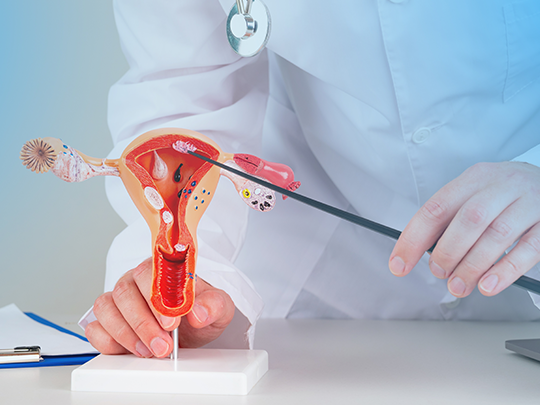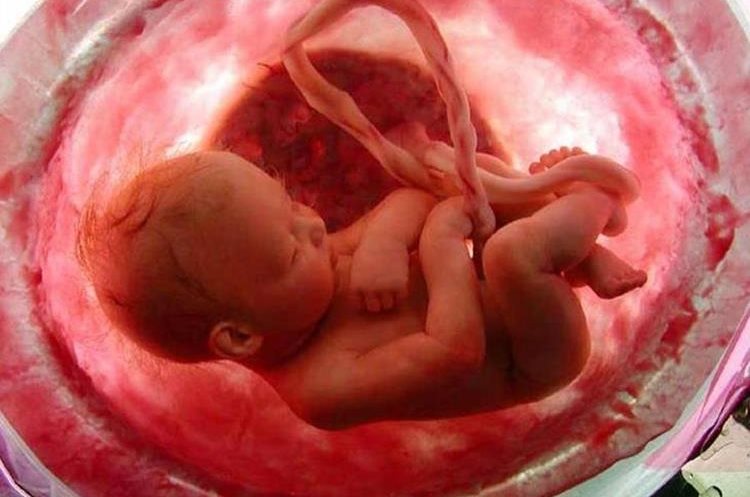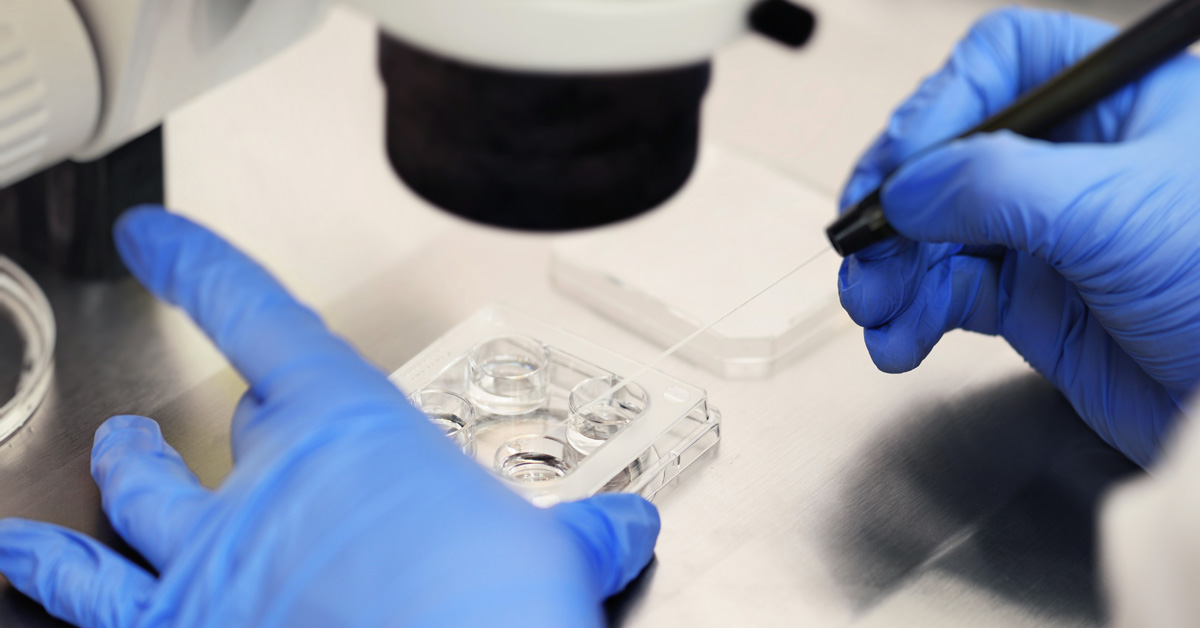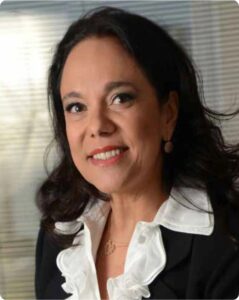Uterine polyps: symptoms, examinations and treatment
Uterine polyps are generally benign lesions with a low risk of malignancy. They occur from the abnormal growth of cells in the inner wall of the uterus and usually affect women aged between 30 and 50.
They can be of the endometrial type (which develops within the uterine cavity) or endocervical (which develops in the cervix).

The most common symptom of the presence of uterine polyps is excessive bleeding during and between periods, longer menstrual periods, and even bleeding after menopause.
Women who have uterine polyps generally do not have pain but may experience bleeding after intercourse, foul-smelling discharge, and difficulty getting pregnant.
Generally, uterine polyps are diagnosed using pelvic or transvaginal ultrasound. Magnetic resonance imaging of the pelvis and diagnostic hysteroscopy, an exam capable of checking the entire internal anatomy of the uterus, are other ways to identify the presence of uterine polyps.
The treatment used for uterine polyps will depend on the severity of the situation and the patient’s age. Surgery to remove the polyp through operative hysteroscopy may be indicated. If you have been diagnosed with a uterine polyp, schedule an appointment with one of the specialists at the Chedid Grieco Laboratory of Reproductive Medicine. We serve private patients, insurance plans and reimbursement.







